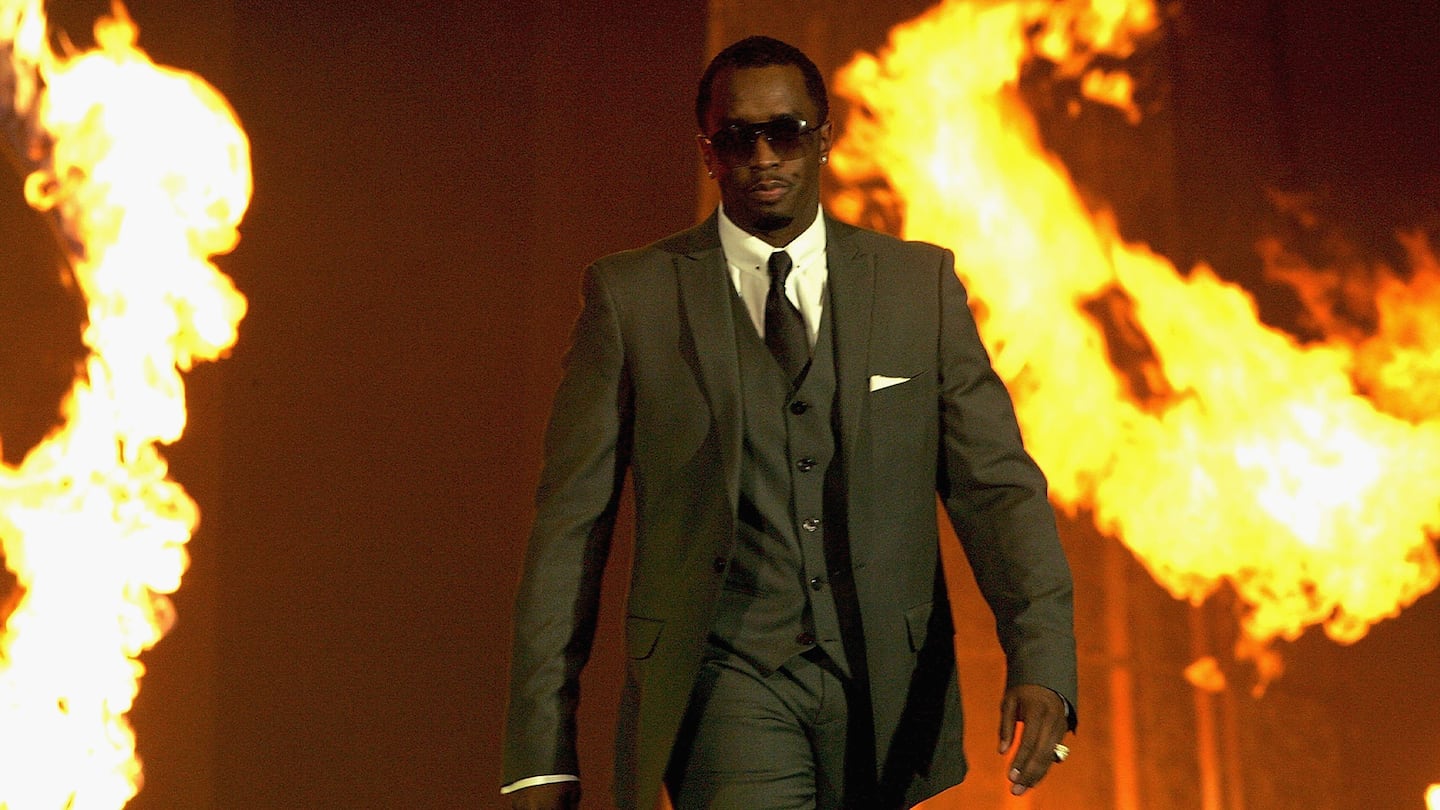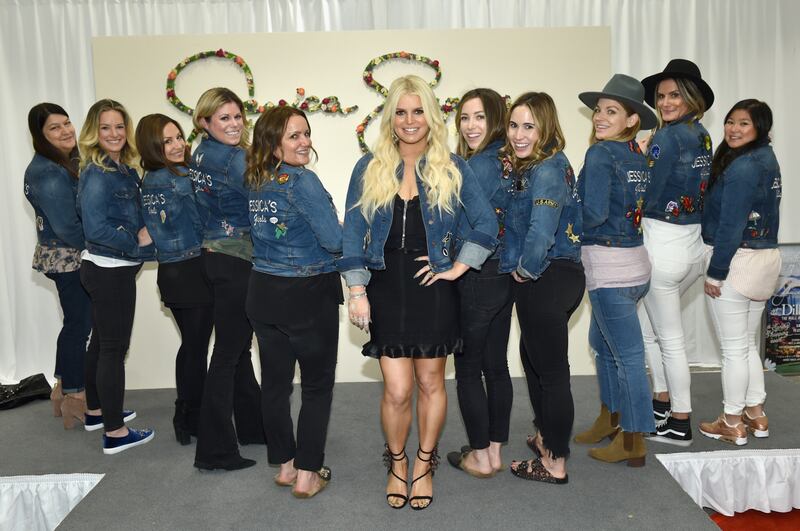
The Business of Fashion
Agenda-setting intelligence, analysis and advice for the global fashion community.

Agenda-setting intelligence, analysis and advice for the global fashion community.

In the early aughts, Sean Combs, then known as P. Diddy, was a force in fashion.
His Sean John label, which he founded in 1998, amassed a huge following, pulling in $200 million in sales after just three years, and eventually became a best-selling department store brand. He also secured industry approval, winning the Council of Fashion Designers of America’s Menswear Designer of the Year award in 2004.
Two decades later, Combs wants to bring it all back.
In December, Combs bought his clothing line for $7.5 million from the North American arm of branding management company Global Brands Group, which had bought a majority stake in his company in 2016. At the time, Combs’ label had annual sales of $450 million, but its new owner was overly reliant on fading department stores to drive sales. It filed for bankruptcy protection last July.
ADVERTISEMENT
Fellow early-aughts star Jessica Simpson is also hoping for a fashion comeback. In November, Simpson, who had owned a third of her brand, bought the rest for $65 million from majority owner Sequential Brands Group. Sequential acquired Jessica Simpson’s brand from majority owner Vince Camuto in 2015, when it was doing $1 billion in annual sales. It too struggled to grow its high-profile new asset while juggling a heavy debt load, and filed for Chapter 11 in August.
There’s a case to be made that this is an opportune time for both to make a comeback. The early aughts are in vogue, with stars like Paris Hilton and Britney Spears launching new projects and dominating headlines again. Today’s shoppers are hungry for Y2K-inspired styles, like Combs’ signature tracksuits.
But both stars will also find the market for celebrity brands has changed. Department stores and wide-ranging licensing deals are out of favour. Name recognition isn’t the asset it once was, either. Even today’s A-listers are at the mercy of the Instagram algorithm. Simpson and Combs did not respond to BoF’s request for comment.
“Celebrities really need to figure out now what sets them apart,” said Elaine Lui, the Canadian television personality behind the celebrity blog Lainey Gossip. “Any influencer today can get up to one million followers and then release a capsule collection at Nordstrom, which is the same for shoppers as a Jessica Simpson shoe.”
Changes in the Business Model
Celebrities used to rely on department stores and other national chains to put their products in front of the maximum number of potential customers. Both the Sean John and Jessica Simpson labels at their peak were sold in hundreds of stores, including Dillard’s, Belk, Lord & Taylor, Macy’s, and Bed Bath & Beyond.

These days, stars often find success selling directly to consumers, a model that gives them the ability to control everything from distribution to pricing, said Matthew Katz, managing partner at global advising firm SSA & Company. Examples include Kim Kardashian West’s Skims line of shapewear, which built its business online before moving into retailers such as Nordstrom and Selfridges, and Rihanna’s Savage X Fenty lingerie line, which has only recently begun opening stores in major cities like Houston and Los Angeles.
Celebrity fashion lines also used to be built around countless licensing deals that extend their brand name. By 2016, Sean John was licensed in almost 20 categories, including ties, fragrance, footwear, watches, and kidswear. Jessica Simpson similarly has about 30 licensing agreements for clothing, accessories, and home goods. Licensing is a quick and easy way to enter the market, but can dilute the brand if a famous name is slapped onto inferior products.
ADVERTISEMENT
Today, celebrities tend to be more selective.
“Celebrities still rely on partners to design and release, but they are no longer giving their name to just any [company] to develop their product,” said Katz.
Licensing is still important for fashion, but these days, stars negotiate deals that have “a short term, a narrow territory, a limited usage right, approvals,” said Jamie Slade, a partner at entertainment law firm Granderson Des Rochers, who works on celebrity branding deals.
“These are all ways to retain control of the outcome of your business, which is so important especially when your business is quite literally your identity,” Slade said.
How Celebrities Can Compete
To mount a comeback, both Combs and Simpson will have to contend with countless influencer labels, plus clothing and beauty lines from a new generation of singers, actors and reality stars.
“It’s hard to capture people’s attention,” said Teri Agins, a former fashion reporter for the Wall Street Journal and author of “Hijacking the Runway,” a book about the intersection of celebrity and fashion. “There is also no brand loyalty. Jessica Simpson was known for her shoes and once people bought them, they’d buy something else from her. But people don’t shop like that anymore. There’s too much product.”
Agins said both will need to find their way back into the spotlight.
ADVERTISEMENT
For Simpson, Lui believes shoppers will still feel a sense of allegiance to her, as long as she continues to keep her focus on Middle America, where she’s always found an audience.
“Some celebrity brands aim for luxury, and have an elevated tone, but she never pretended that was her,” said Lui. “She’ll have success tapping into that.”
Agins believes Combs could return to Sean John with a renewed vigour, after watching fellow rapper Kayne West (now known as Ye) dominate the conversation.
“People talk about Kanye, but Puffy was the trailblazer,” said Agins. “This is a guy who knows how to market products.”
The Golden Globes were presented on Twitter, and the Grammys and Critics Choice Awards were postponed. But the power of awards season in fashion remains, even amid uncertainty.
In recent months, several brands have ventured into the tween category, targeting customers aged eight to 12 who are just starting to develop their own sense of style but are still primarily spending their parents’ money.
Collaborations with musicians like Iggy Azalea and Doja Cat weren’t enough to save BH Cosmetics, which filed for bankruptcy this month.
Designer brands including Gucci and Anya Hindmarch have been left millions of pounds out of pocket and some customers will not get refunds after the online fashion site collapsed owing more than £210m last month.
Antitrust enforcers said Tapestry’s acquisition of Capri would raise prices on handbags and accessories in the affordable luxury sector, harming consumers.
As a push to maximise sales of its popular Samba model starts to weigh on its desirability, the German sportswear giant is betting on other retro sneaker styles to tap surging demand for the 1980s ‘Terrace’ look. But fashion cycles come and go, cautions Andrea Felsted.
The rental platform saw its stock soar last week after predicting it would hit a key profitability metric this year. A new marketing push and more robust inventory are the key to unlocking elusive growth, CEO Jenn Hyman tells BoF.